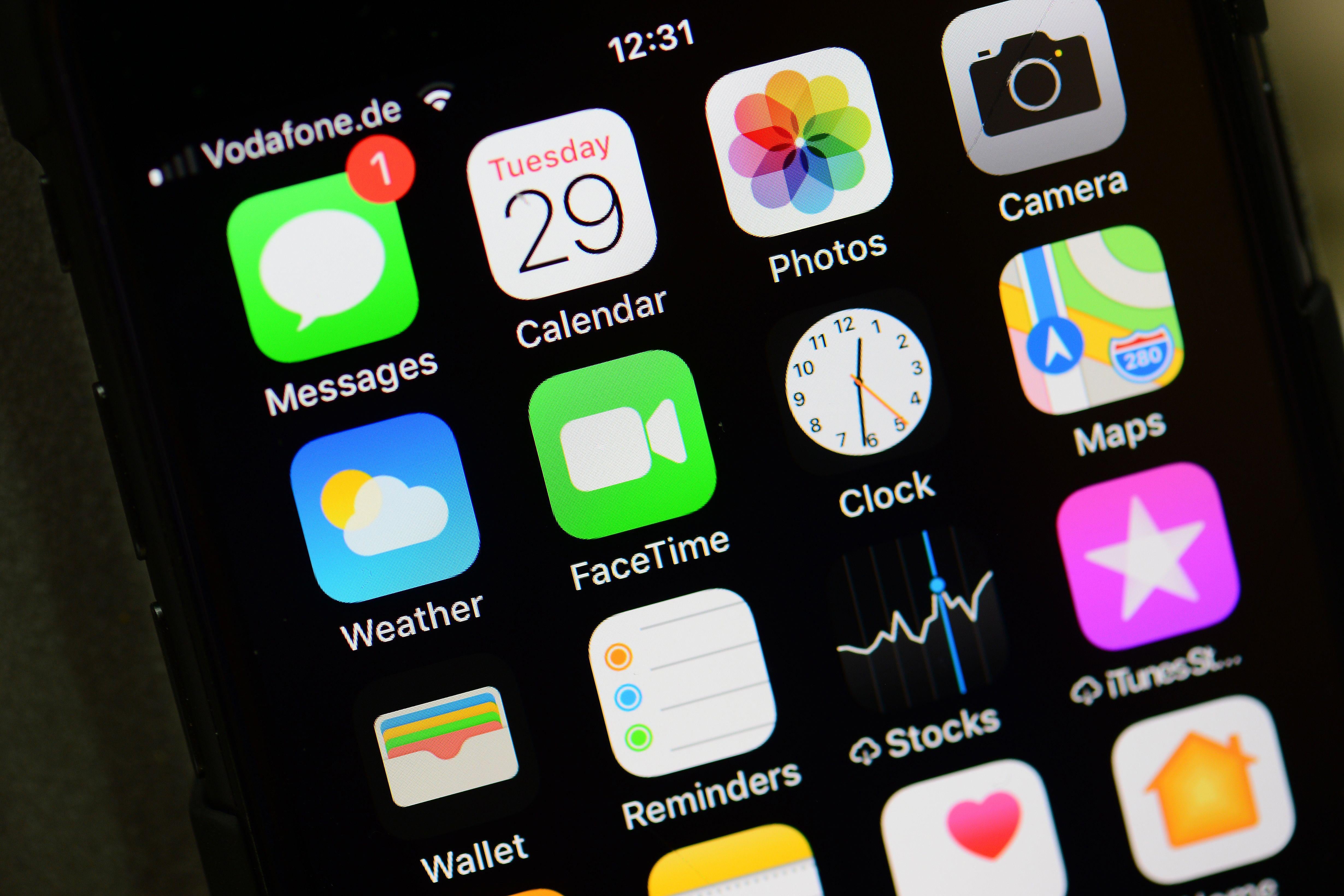In March, Apple announced a host of new products, including its bundled news subscription service Apple News+, a virtual arcade, a phone-integrated credit card, and an on-demand TV service. As Will Oremus argued in Slate, the announcements were a sign that the company is reimagining itself as the “ultimate middleman.” But Apple is still set to return to its hardware roots in September when it unveils a new line of devices.
Apple is expected to release three new phones in the fall, along with making updates to existing models. We’ve previously heard that some of the models may have three rear-facing cameras, 3D depth sensors, and perhaps Apple Pencil functionality. Now that we’re about six months away from this year’s reveal, here’s a roundup of the latest leaks and rumors.
Two-Way Wireless Charging
Apple analyst Ming-Chi Kuo, typically one of the main sources of early information about new iPhones, suggests that the 2019 releases will have two-way charging. That means the phones would be able to wirelessly charge other devices, such as AirPods or another iPhone.
Samsung’s 2019 Galaxy smartphones have a similar feature called Wireless Powershare, which allows them to charge phones and other accessories. It’s possible that the new iPhone XS, XS Max, and XR may also have this functionality.
Bigger Batteries
Speaking of battery life: The most recent versions of the iPhone could be getting a nice boost. According to Kuo, the successor to the iPhone XS may get a 25 percent increase in battery life, and the XS Max successor could get a 15 percent increase. According to Tom’s Guide, the XS has around a 9½-hour battery life right now, while the XS Max already lasts for around 10½ hours. The XR’s battery life is around 11½ hours, which should stay the same in the new iteration.
Updated Face ID
Bloomberg reports that the new iPhones will improve their Face ID capability and the 3D camera that powers it.
The camera, which can execute three-dimensional scans of its surroundings, currently has a 25- to 50-centimeter range. Sources familiar with Apple’s plans say that the new camera will be able to operate with a 15-foot range. The ID’s sensors themselves will also reportedly be better able to adapt to interference from invisible lights with the help of a more powerful laser.
USB-C?
Previous reports had indicated that some versions of the iPhone would finally jump on the bandwagon and feature a USB-C port. The move would make the devices compatible with more accessories and chargers. However, Japanese publication Mac Otakara recently disputed those rumors, reporting instead that the devices would still retain the far-less-ubiquitous Lightning port functionality.
As Christina Bonnington wrote for Slate last August, while arguing for Apple to make the switch:
The move to USB-C would have benefits both in unifying and simplifying Apple’s product lines and in unifying the smartphone space as a whole. While it may initially be a hassle for those who’ve accumulated a multitude of Lightning accessories over the years, the switch would be good in the long run by simplifying the masses of cords and accessories we use with our tablets, notebooks, and smartphones and hastening adoption by other hardware makers. It’s high time USB-C fulfilled its destiny. It needs to be mass-adopted before squabbling over the next major connectivity standard comes along.
It remains to be seen what the charging options on the final product will actually consist of, but there’s a good chance that you may have to buy a Lightning to USB converter.
Better Wireless Connectivity
The new phones will likely have faster LTE speeds and Wi-Fi 6 and UWB connectivity. This will improve navigation and operability of augmented reality features. The Wi-Fi 6 capabilities, if true, should be especially impressive, since it will allow the iPhone to have 30 percent faster internet speeds compared with what’s currently available.
Only time will tell whether these new bells and whistles will be enough to entice consumers to abandon their current iPhone models and pay what’s likely to be around $1,000 for the next-generation devices. However, Apple’s iPhone sales have been leveling off as of late, so the company is likely hedging its bets as it moves more aggressively into service-oriented products, such as the news subscription bundle and credit card. The iPhone has long been Apple’s backbone, but it’s become clear that the company needs to diversify.
